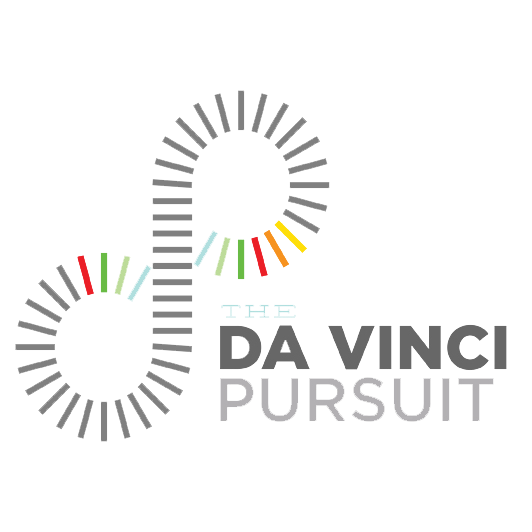Sunday, October 5th, 1-3:00 pm
Nature’s Artistry Hike: Collecting Inspiration for Creative Expression
“Join artist and scientist Mark Kesling for casual, guided strolls through our town’s nature trails. Observe something new while expressing your observations through your chosen artistic medium – sketch, journal, paint, photograph, or sculpt. Share your work with one another, and together, see nature in a new light.”
Location:
Wilbur Preserve, South Dennis
Description:
Join us for the Nature’s Artistry Hike, an inspiring adventure that merges the beauty of the outdoors with the creativity of art-making. This hike is perfect for individuals and families seeking to connect with nature while encouraging imagination and self-expression through collected materials. As we wander through diverse landscapes—be it a tranquil forest, a sunny field, or a winding creek—participants will be invited to gather a variety of natural objects to use in their art projects. From leaves, flowers, and twigs to pebbles, feathers, and shells, the natural world provides an endless array of materials that can be transformed into beautiful creations. During the hike, we will take time to pause, observe, and collect items that inspire us. Along the way, we’ll discuss the artistic qualities of these materials, exploring color, texture, and shape, and consider what stories they might tell. Participants will learn about eco-friendly practices, encouraging respect for the environment by gathering only what is necessary and leaving nature as unchanged as possible. Once we return from our hike, we’ll engage in a creative workshop where everyone can create their own unique artwork using the items they collected. Whether it’s crafting a nature collage, making a whimsical mobile, or designing a natural sculpture, each participant will have the opportunity to express their individuality through their art. The Nature’s Artistry Hike merges the joy of exploration with the thrill of creativity, fostering a deeper connection to our surroundings and inspiring participants to see the world through an artistic lens.
Please contact us to reserve your spot, or stay tuned for more walks to come!
Participation is free to DCLT Members (join by visiting our website/ link below), with a $10 suggested donation for nonmembers.









